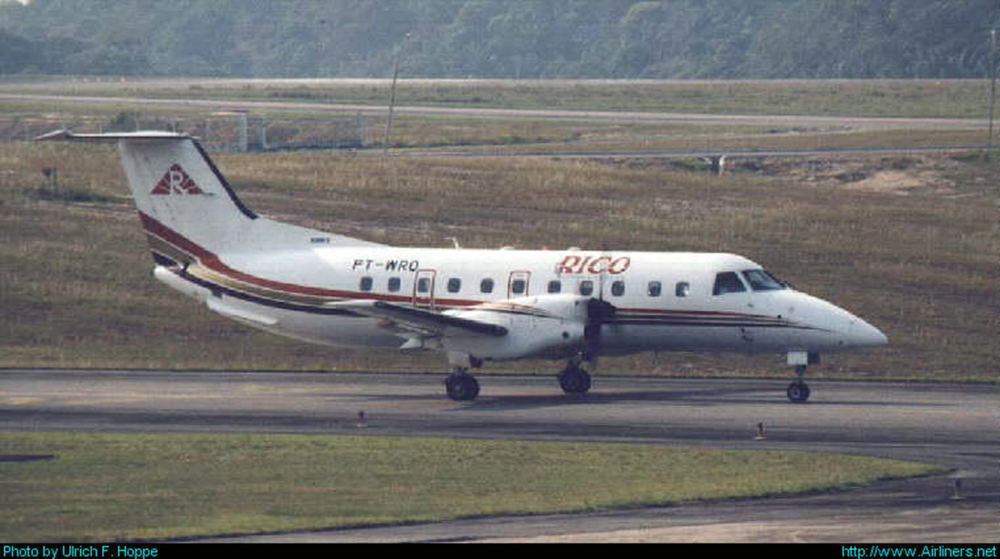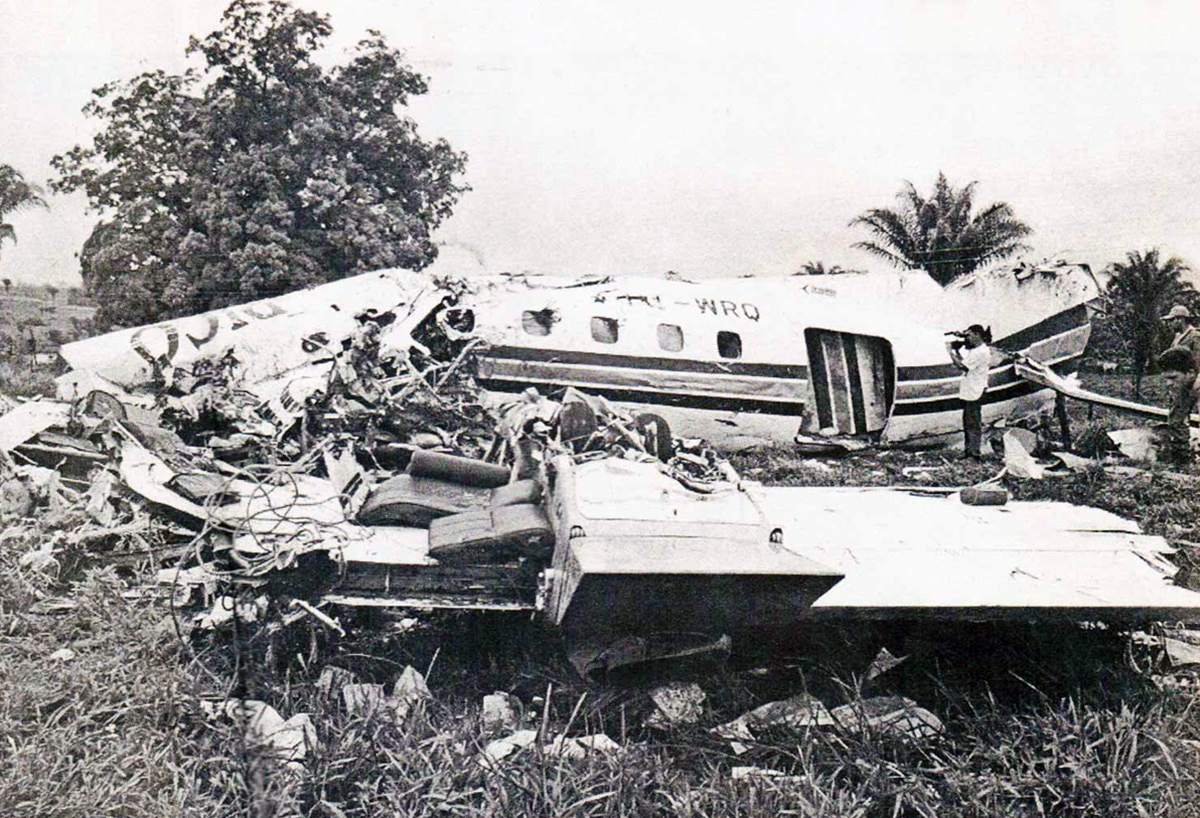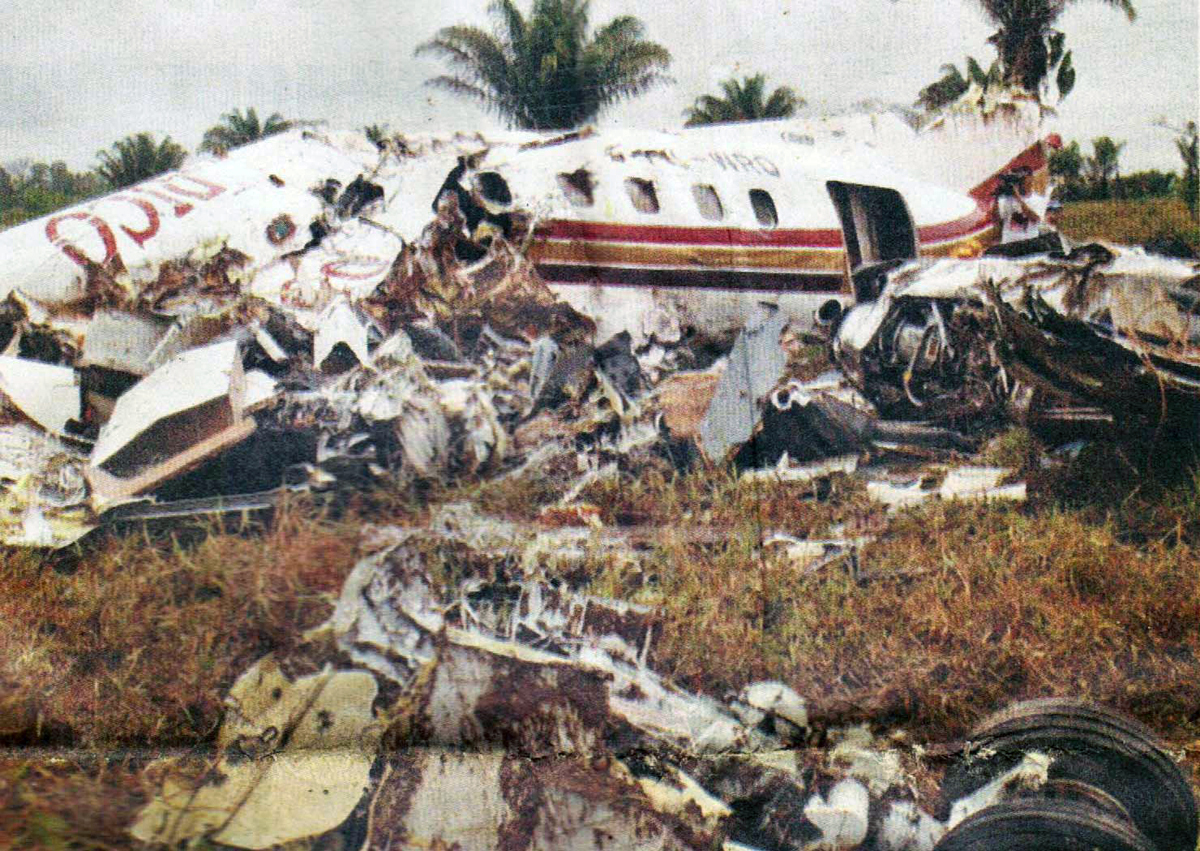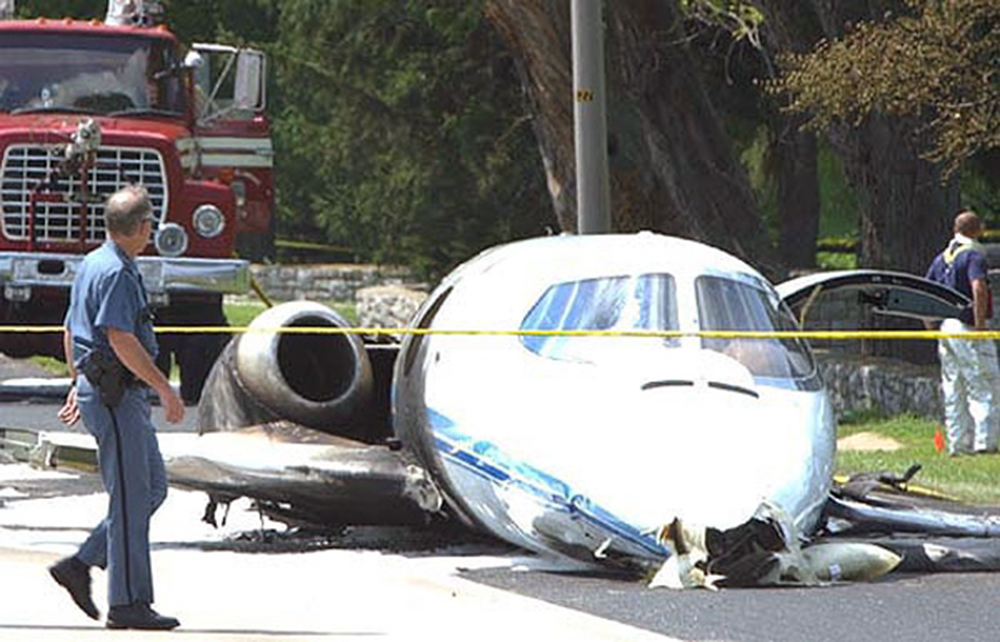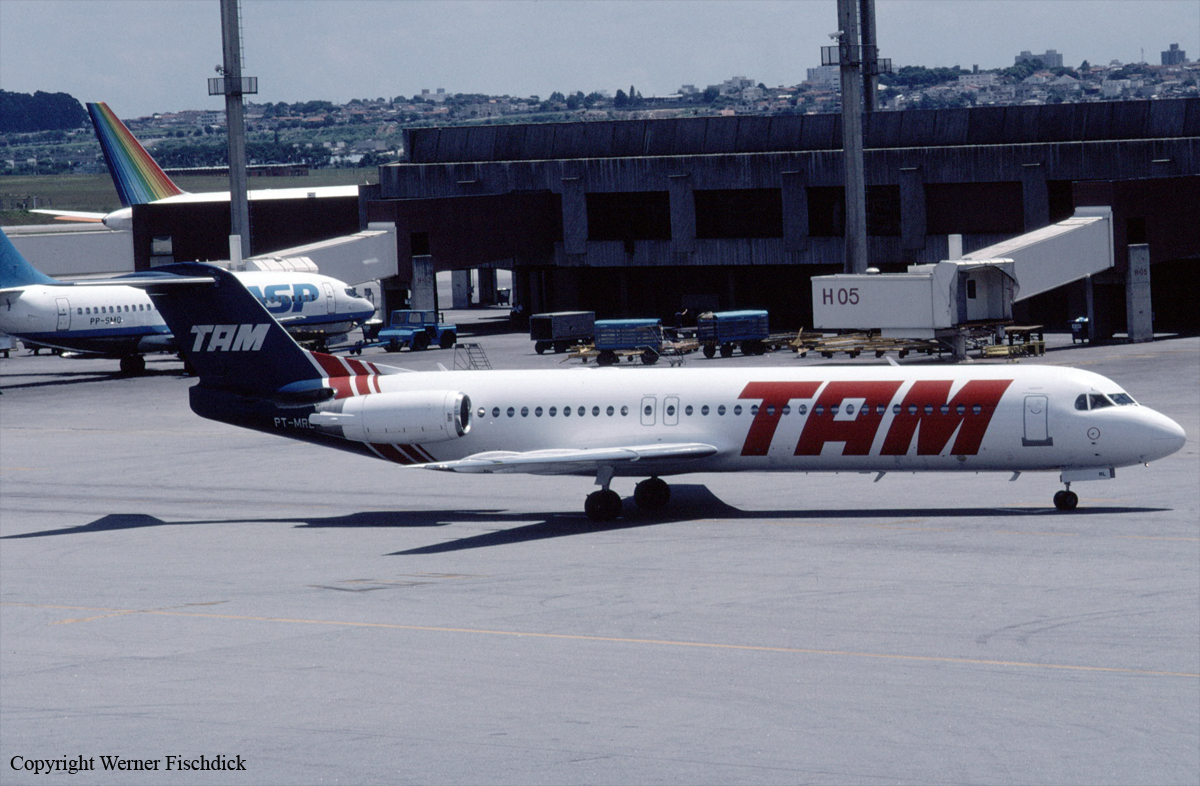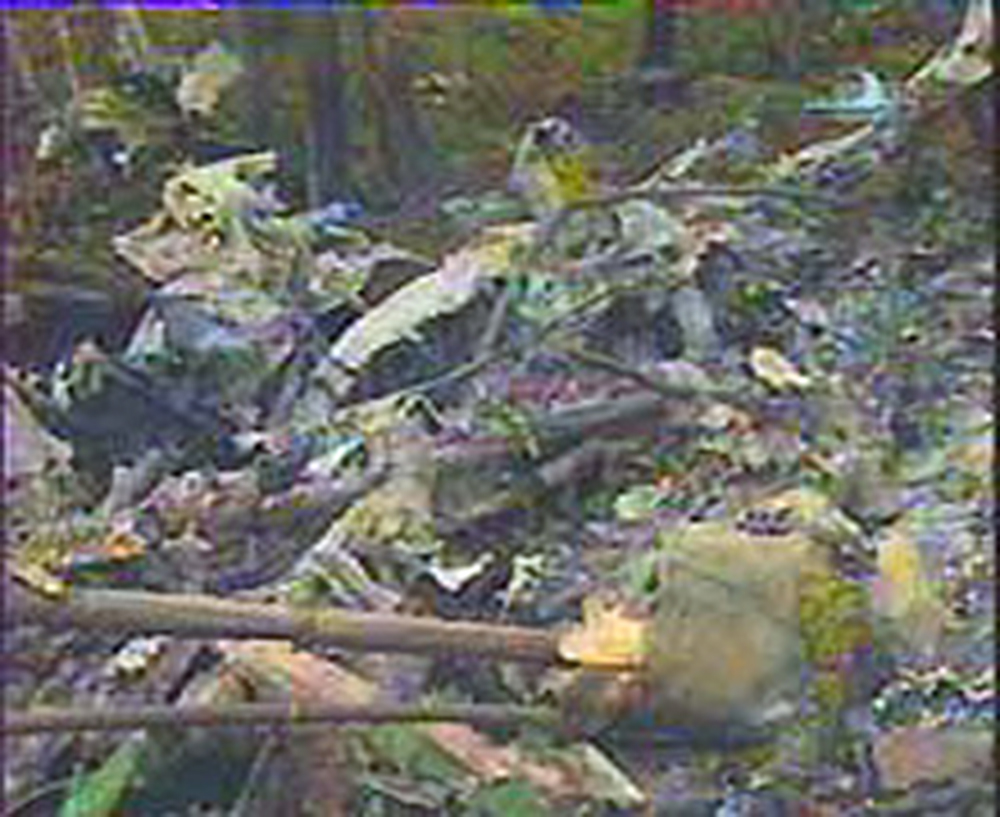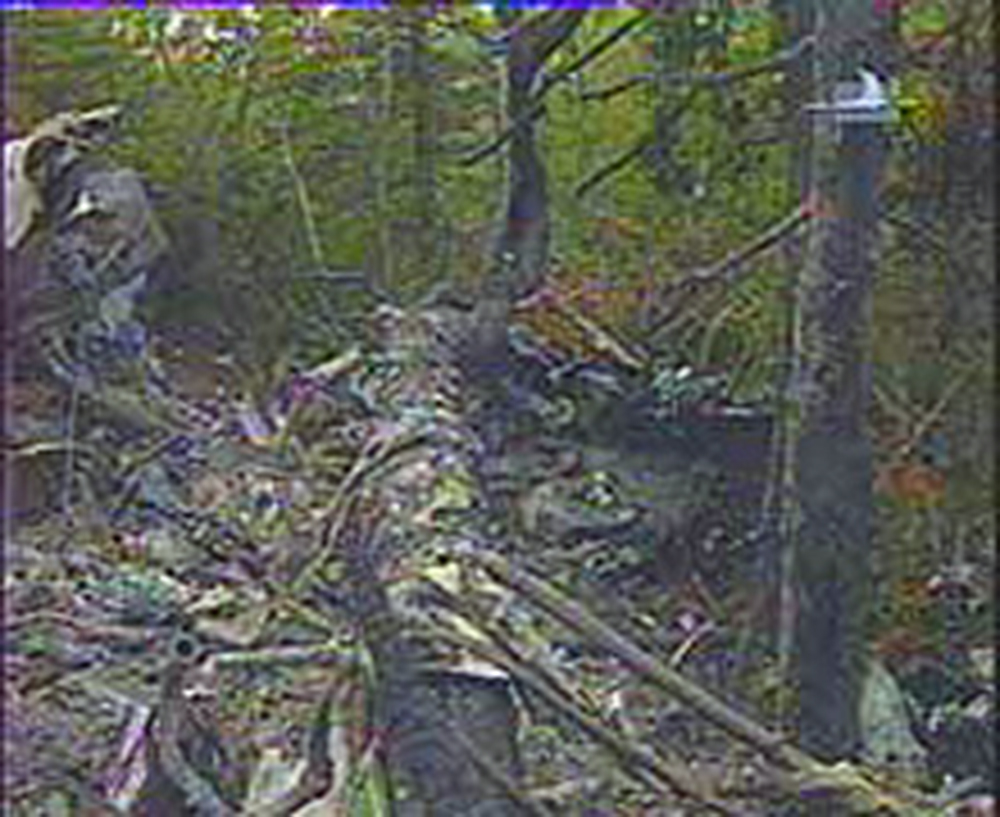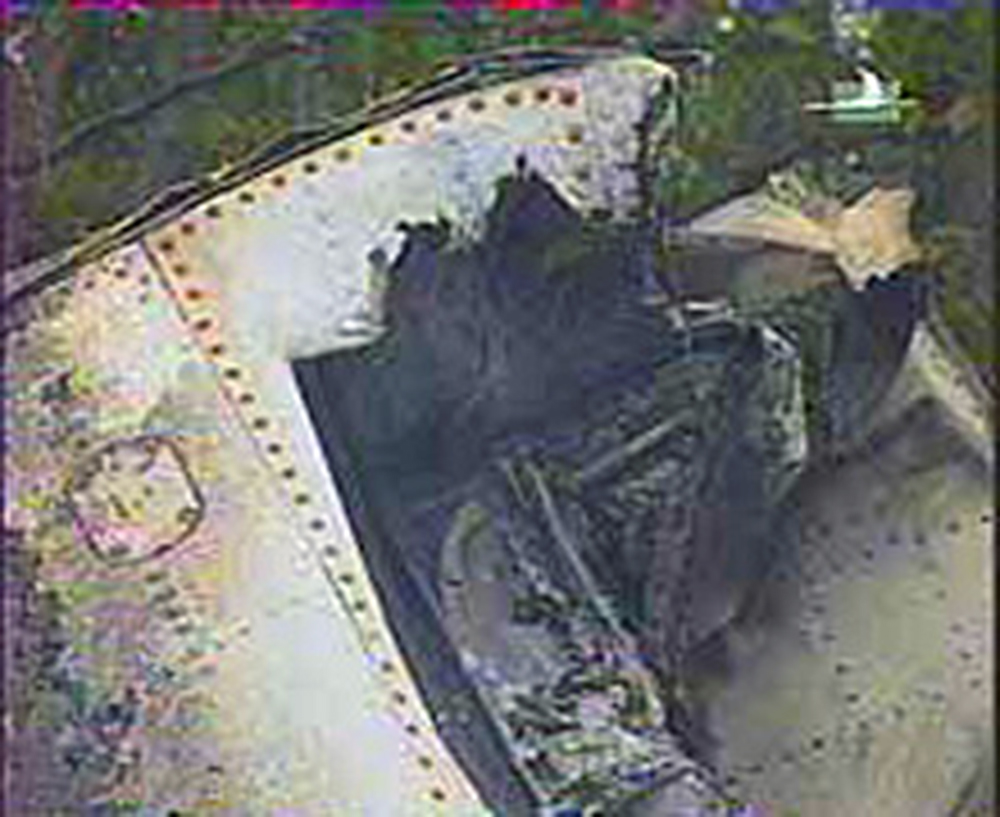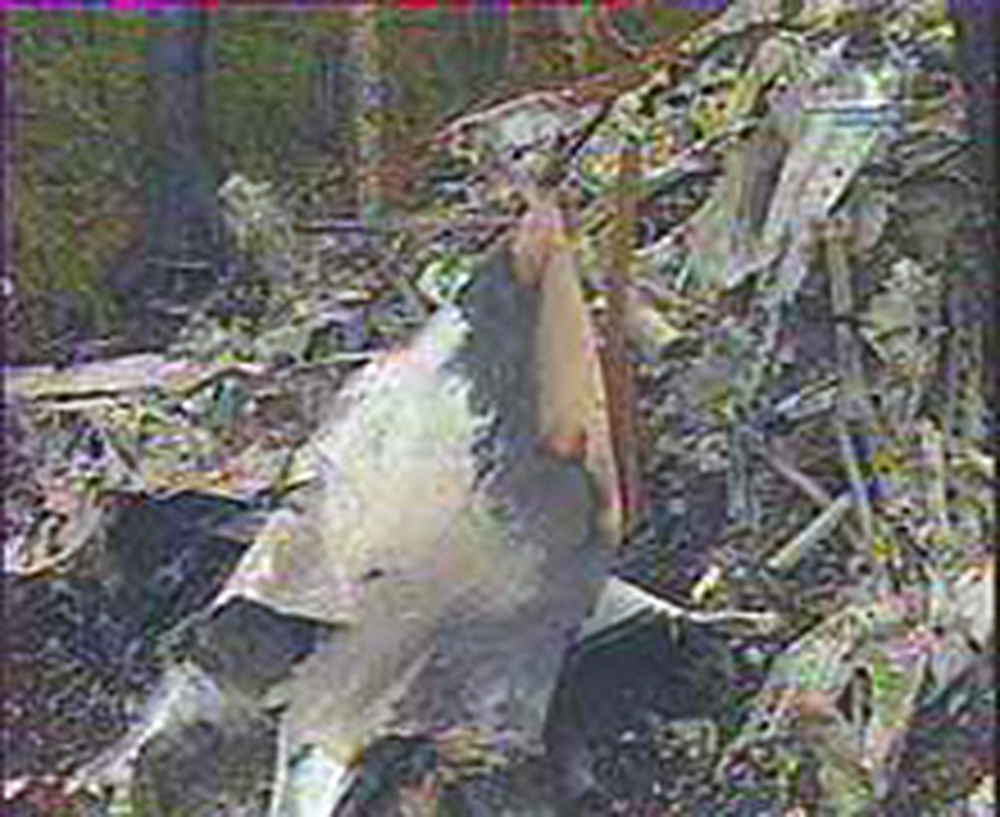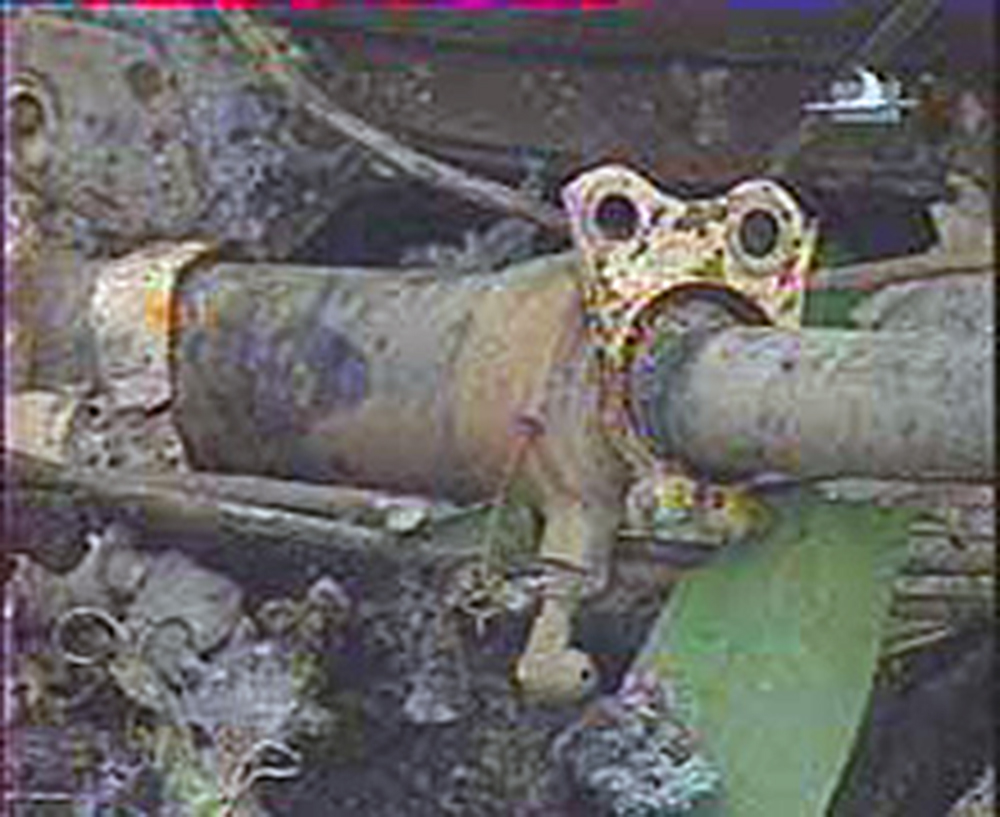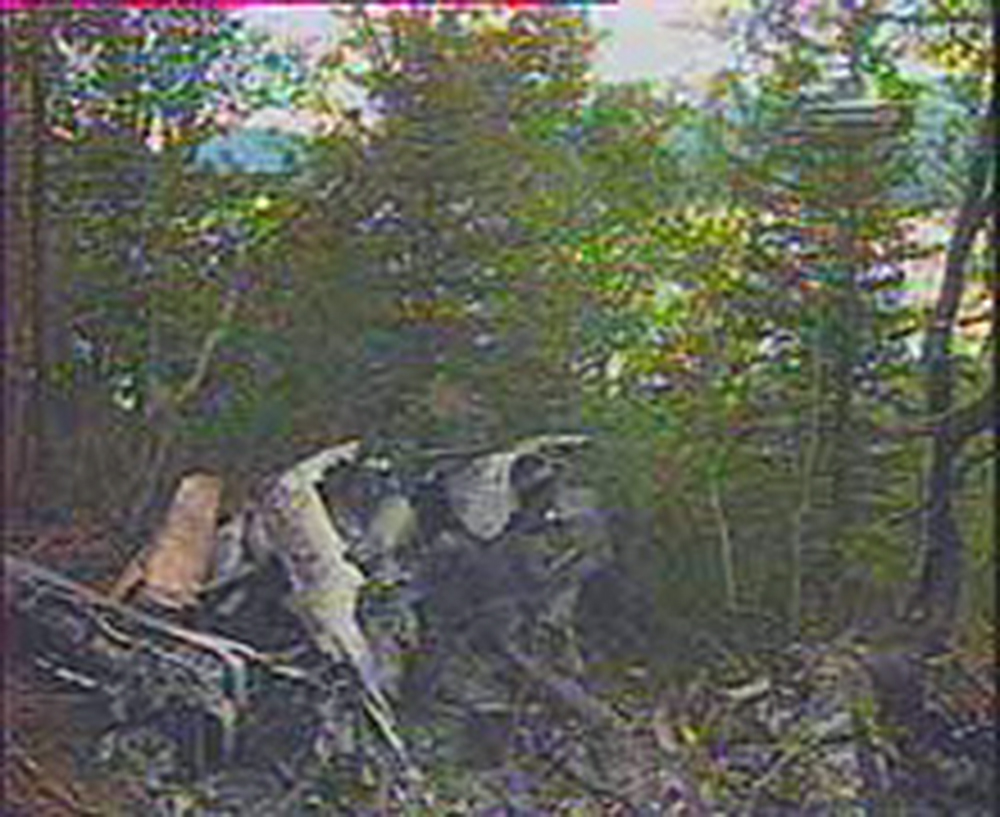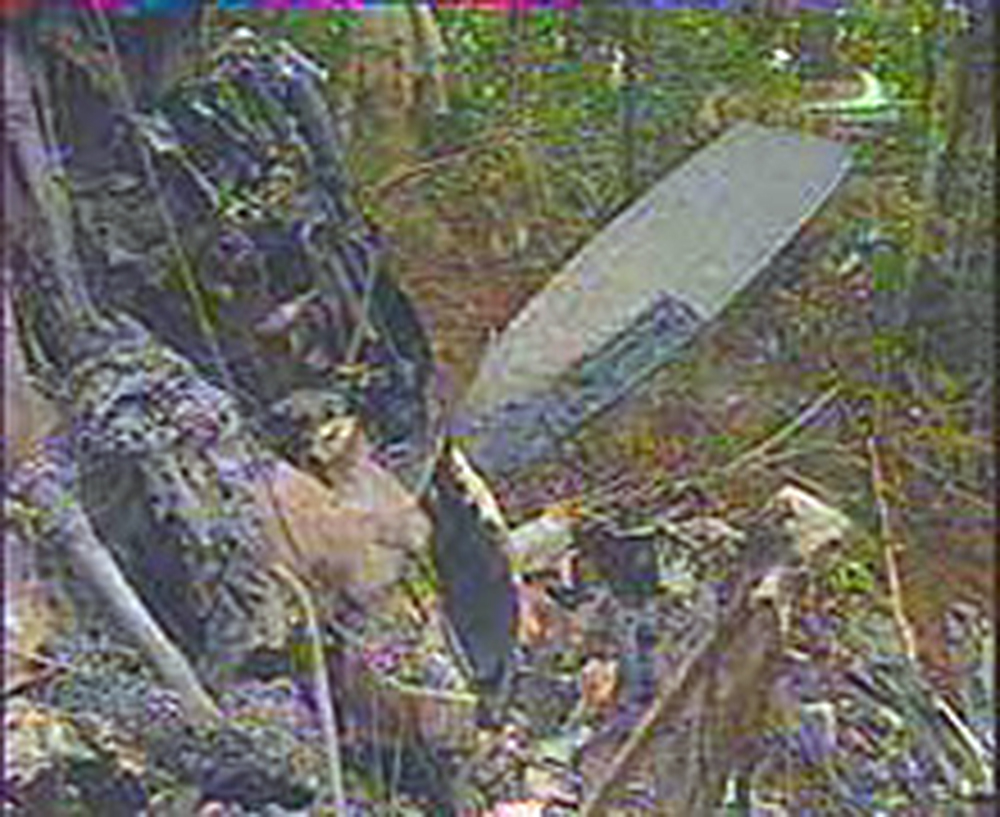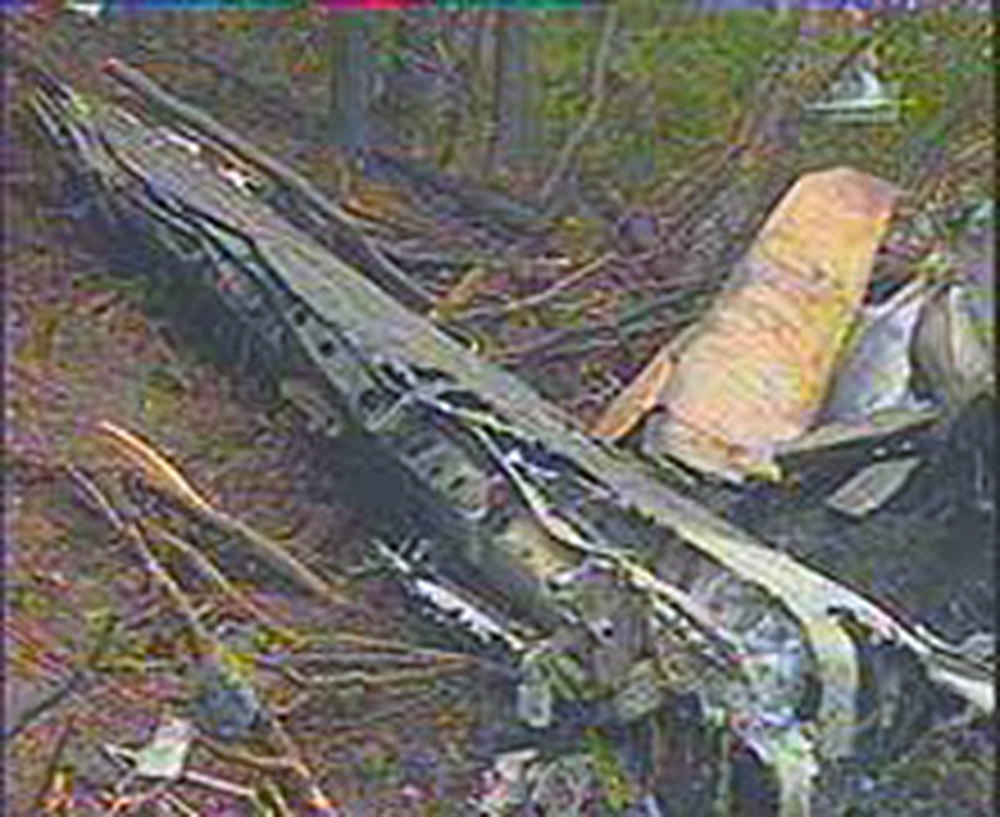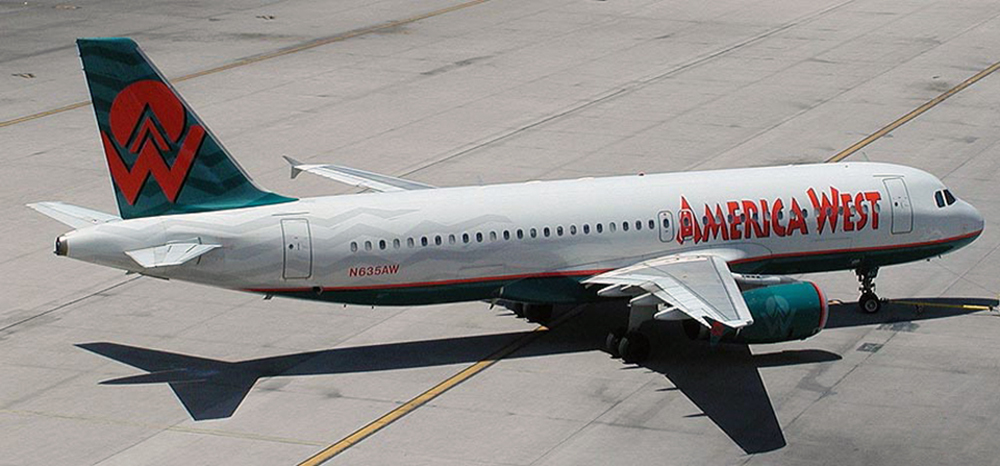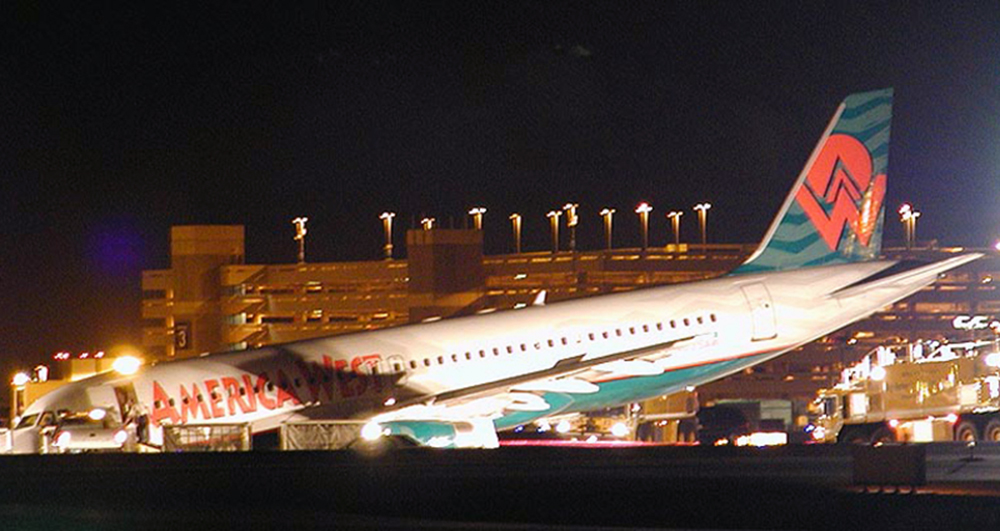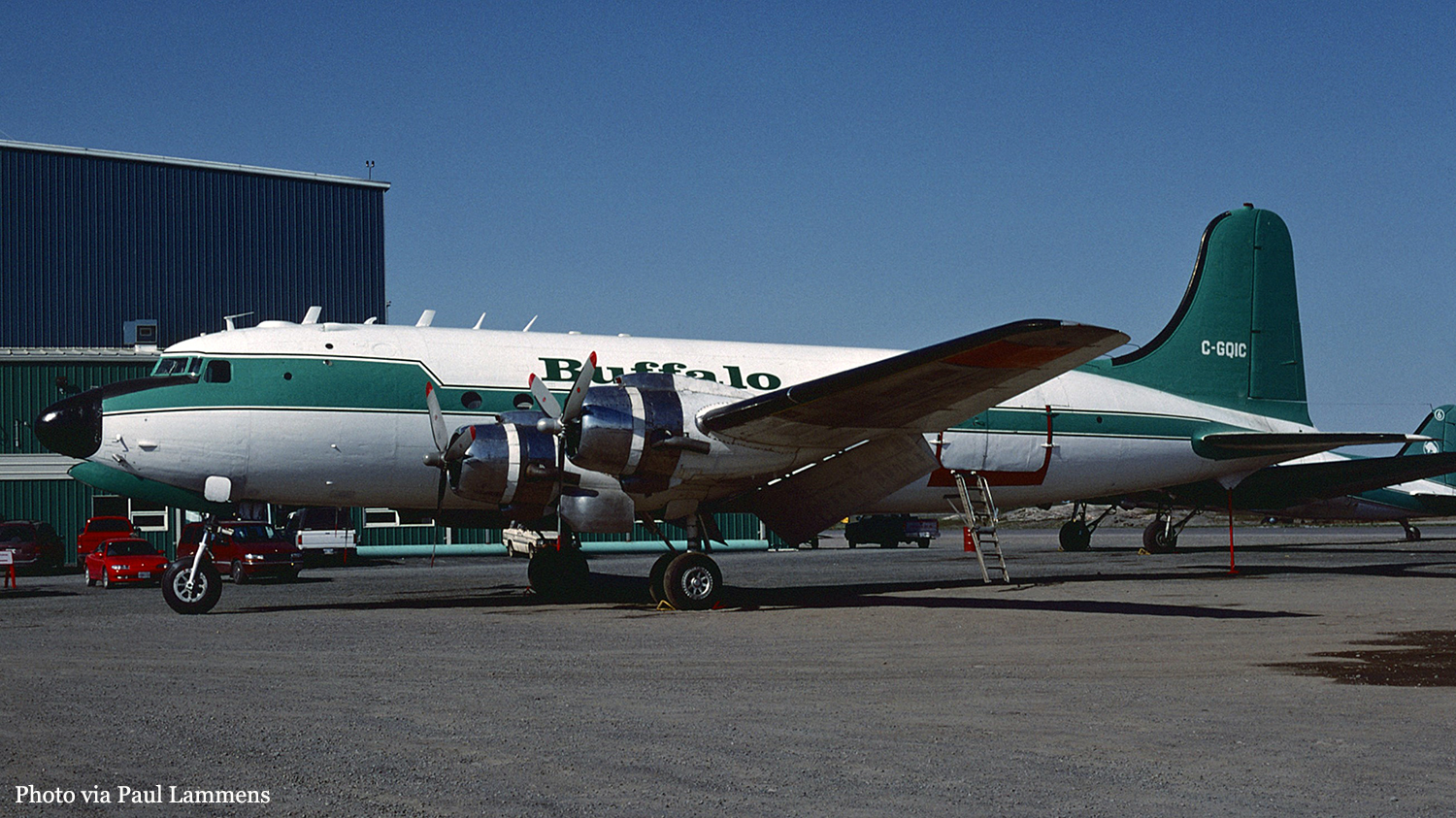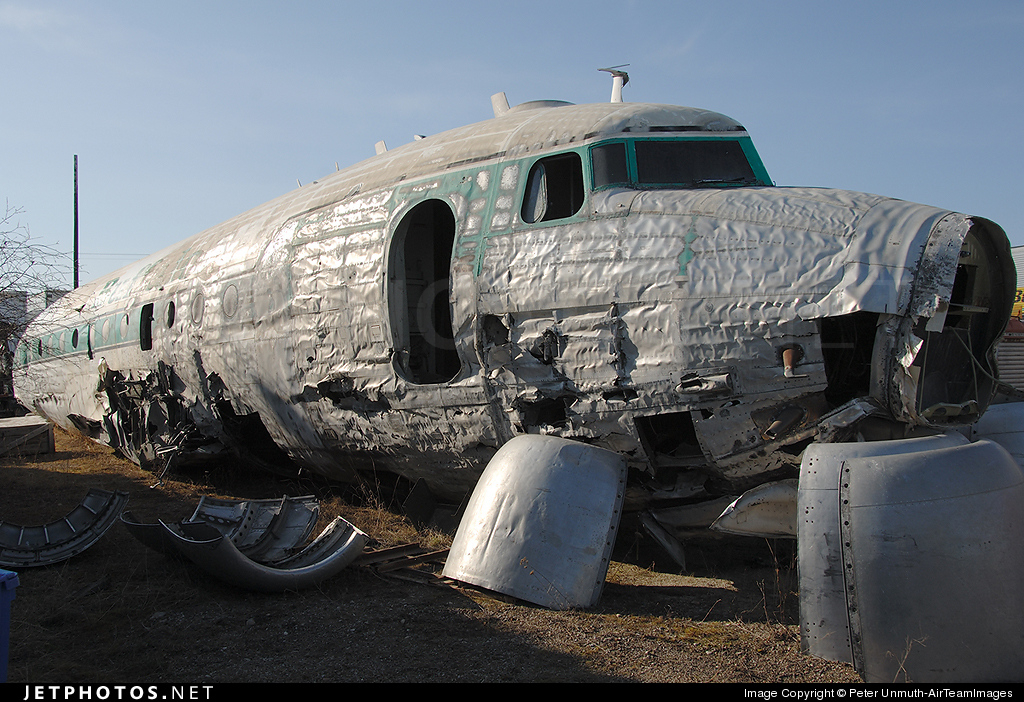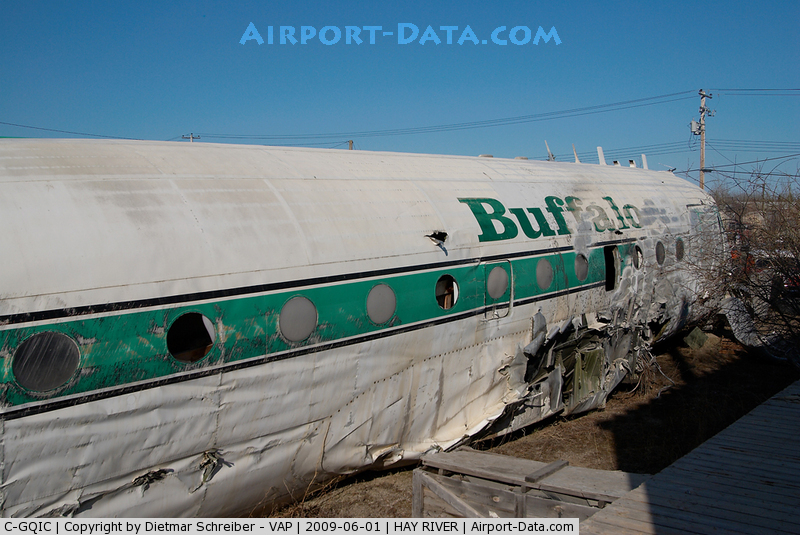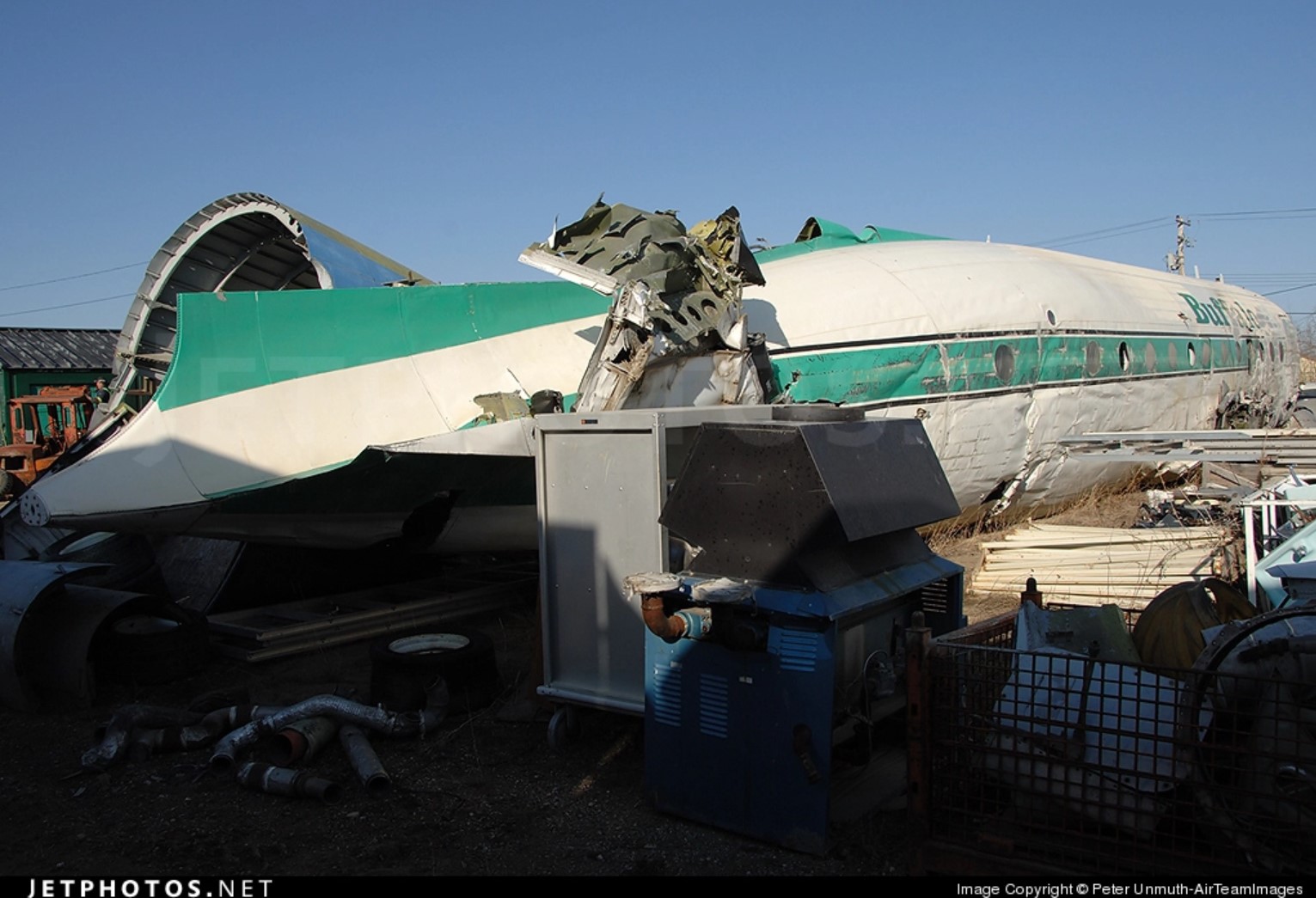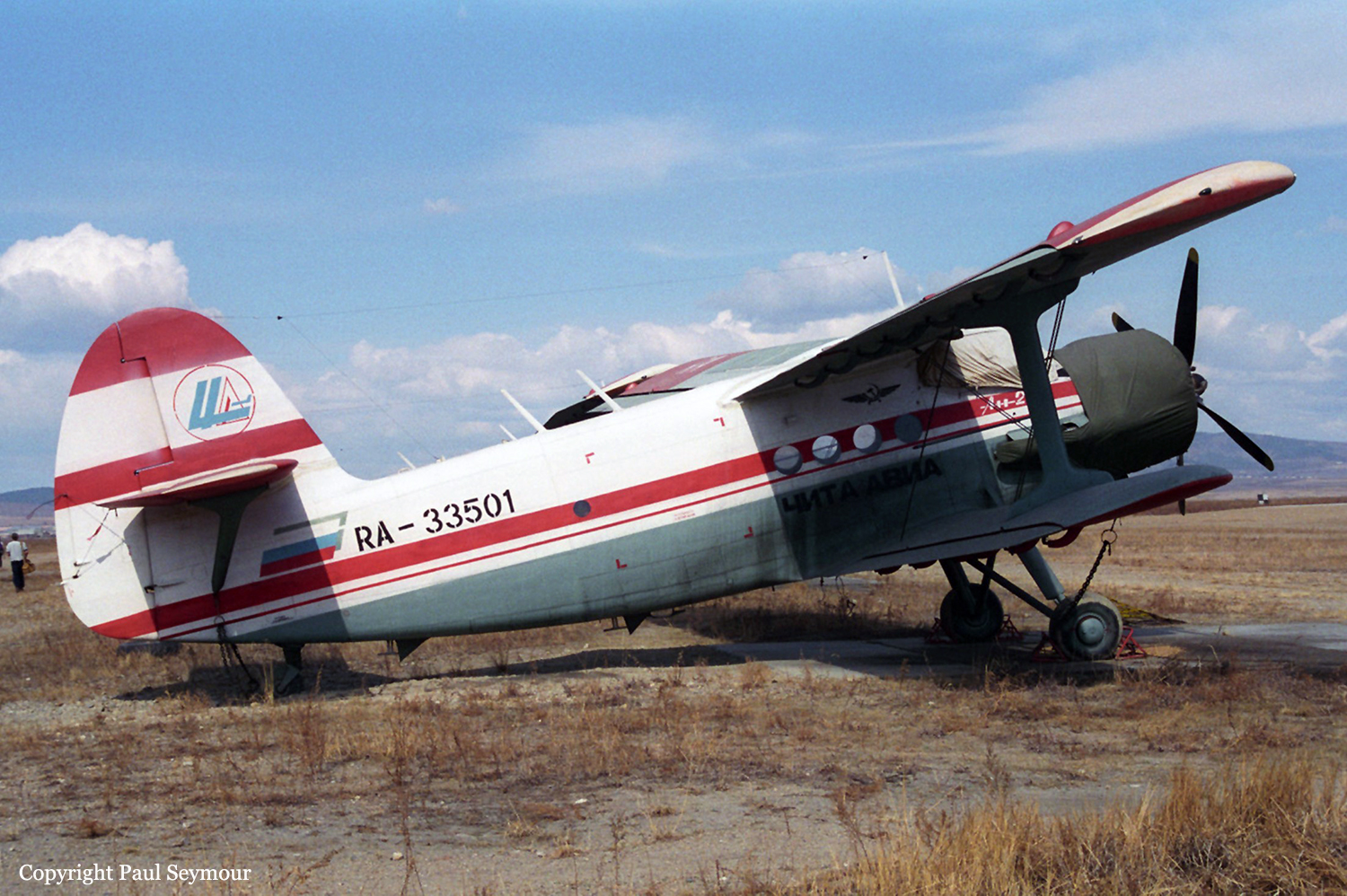Crash of an Embraer EMB-120ER Brasília in Rio Branco: 23 killed
Date & Time:
Aug 30, 2002 at 1800 LT
Registration:
PT-WRQ
Survivors:
Yes
Schedule:
Cruzeiro do Sul – Tarauacá – Rio Branco
MSN:
120-043
YOM:
1987
Flight number:
RLE4823
Crew on board:
3
Crew fatalities:
Pax on board:
28
Pax fatalities:
Other fatalities:
Total fatalities:
23
Captain / Total hours on type:
4560.00
Copilot / Total hours on type:
3585
Circumstances:
Following an uneventful flight from Tarauacá, the crew started the descent to Rio Branco-Presidente Médici Airport in limited visibility due to the night and rain falls. On final, the aircraft descended below the MDA and, at a speed of 130 knots, struck the ground and crashed in a field located 4 km short of runway 06. The aircraft was totally destroyed. Eight passengers were rescued while 23 other occupants were killed, among them the Brazilian politician Ildefonço Cardeiro.
Probable cause:
The exact cause of the accident could not be determined with certainty. However, it is believed that the accident was the consequence of a controlled flight into terrain after the crew continued the approach in poor weather conditions and descended below the MDA until the aircraft, in a flaps and gear down configuration, impacted ground. The following contributing factors were identified:
- A difference of 70 feet in the settings was noted between both pilot's altimeters,
- Poor crew coordination,
- Complacency on part of the flying crew caused several deviations from procedures during the approach,
- Lack of crew resources management,
- The crew failed to check the altitude during the final stage of the approach,
- Poor weather conditions.
- A difference of 70 feet in the settings was noted between both pilot's altimeters,
- Poor crew coordination,
- Complacency on part of the flying crew caused several deviations from procedures during the approach,
- Lack of crew resources management,
- The crew failed to check the altitude during the final stage of the approach,
- Poor weather conditions.
Final Report:
